Disclosure: This article contains affiliate links. We may earn a commission from purchases at no extra cost to you, which helps our travel content.
Standing in London's British Museum before artifacts from around the world, then wandering through Jakarta's Kota Tua (Old Town) amid Dutch colonial architecture, I found myself contemplating the parallel yet distinct imperial narratives that shaped these two remarkable cities. As a conservation scientist who studies the intersection of human systems and natural environments, I've become fascinated by how colonial histories continue to influence not just physical landscapes but cultural identities, governance structures, and even conservation practices across continents. This autumn, I embarked on a two-week journey to explore these connections firsthand.
The Centers of Empire: London's Imperial Core vs. Jakarta's Colonial Remnants
London wears its imperial history like a well-tailored suit—structured, intentional, and designed to impress. The city's grandest institutions—from the Houses of Parliament to Buckingham Palace—were built to project power outward to the colonies. By contrast, Jakarta's colonial architecture represents power imposed from elsewhere, with Batavia (Jakarta's colonial name) designed as an administrative outpost of the Dutch East Indies Company.
Walking through Westminster, I was struck by how Britain's imperial narrative remains central to its national identity. The Churchill War Rooms and Imperial War Museum frame colonialism within broader narratives of British resilience and triumph. Meanwhile, in Jakarta's Fatahillah Square, Dutch colonial buildings have been repurposed as museums that tell a story of Indonesian independence and resistance.
For this trip, I relied heavily on my waterproof notebook for field notes during Jakarta's unexpected downpours and London's notorious drizzle. The ability to jot down observations regardless of weather proved invaluable as I compared architectural details and historical plaques across both cities.
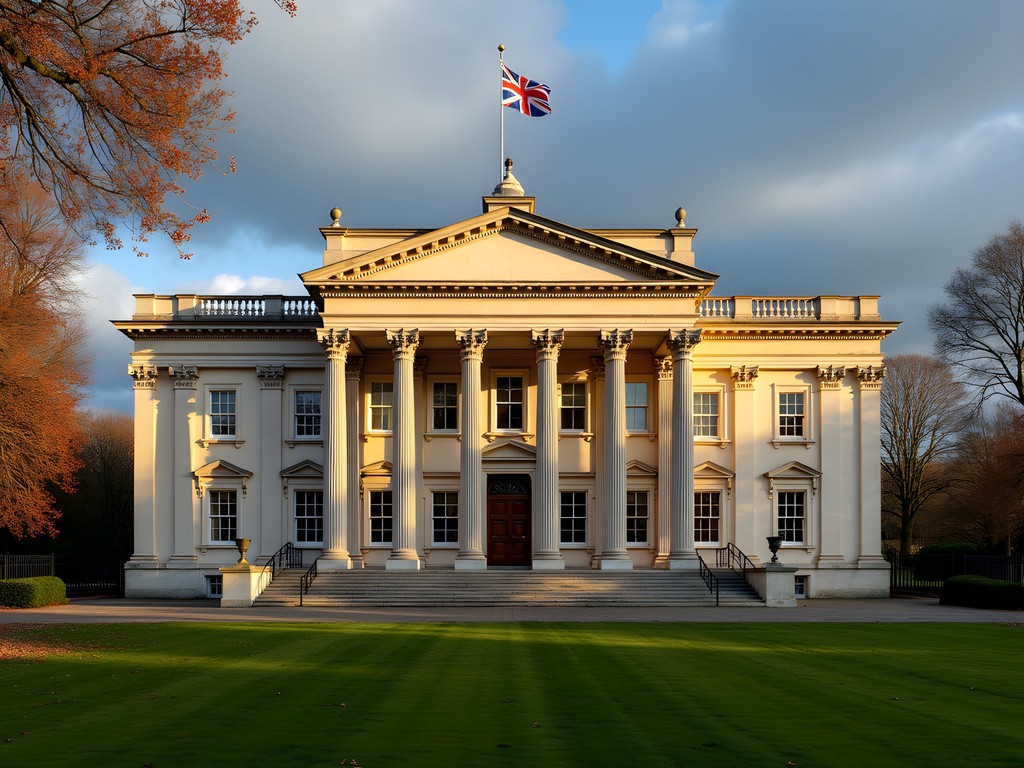
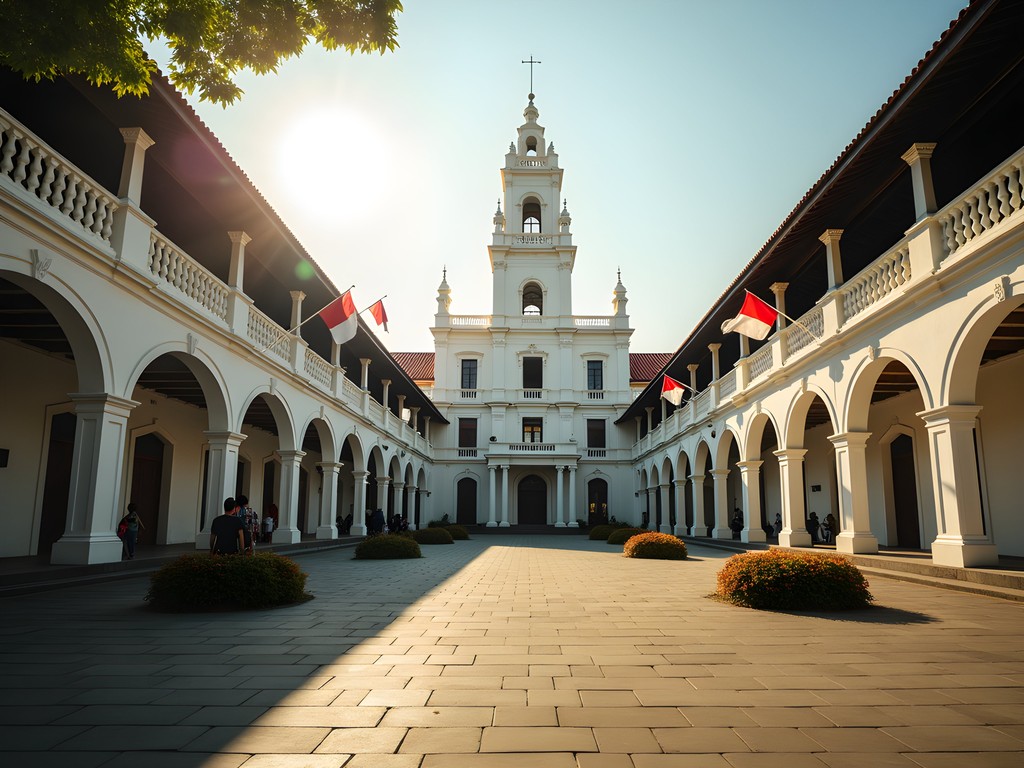
💡 Pro Tips
- Visit London's Museum of the Home to understand how imperial wealth shaped domestic life for the British middle class
- In Jakarta, the National Museum provides crucial context for understanding pre-colonial Indonesian societies
- Both cities are best explored on foot with good walking shoes—colonial planners designed central districts for pedestrians, not cars
Museums as Colonial Repositories: Contested Collections and Repatriation Debates
No exploration of colonial legacies would be complete without examining the museums that house imperial collections. The British Museum stands as perhaps the world's most controversial repository of colonial acquisitions—from the Rosetta Stone to the Parthenon Marbles and countless artifacts from former colonies. During my visit, I joined a 'Collecting Histories' tour that attempts to address the problematic origins of certain exhibits.
In Jakarta, the Museum Nasional (National Museum) tells a different story—one of reclaiming cultural heritage after independence. Its collections include items returned from Dutch museums alongside artifacts that remained in Indonesia. The contrast between these institutions reveals fundamentally different relationships with colonial pasts.
As someone who studies conservation ethics, I found these museum visits intellectually challenging. I recorded my observations using a digital voice recorder to capture my immediate reactions and the informative commentary from guides. This allowed me to engage fully with the exhibits while preserving my thoughts for later reflection.
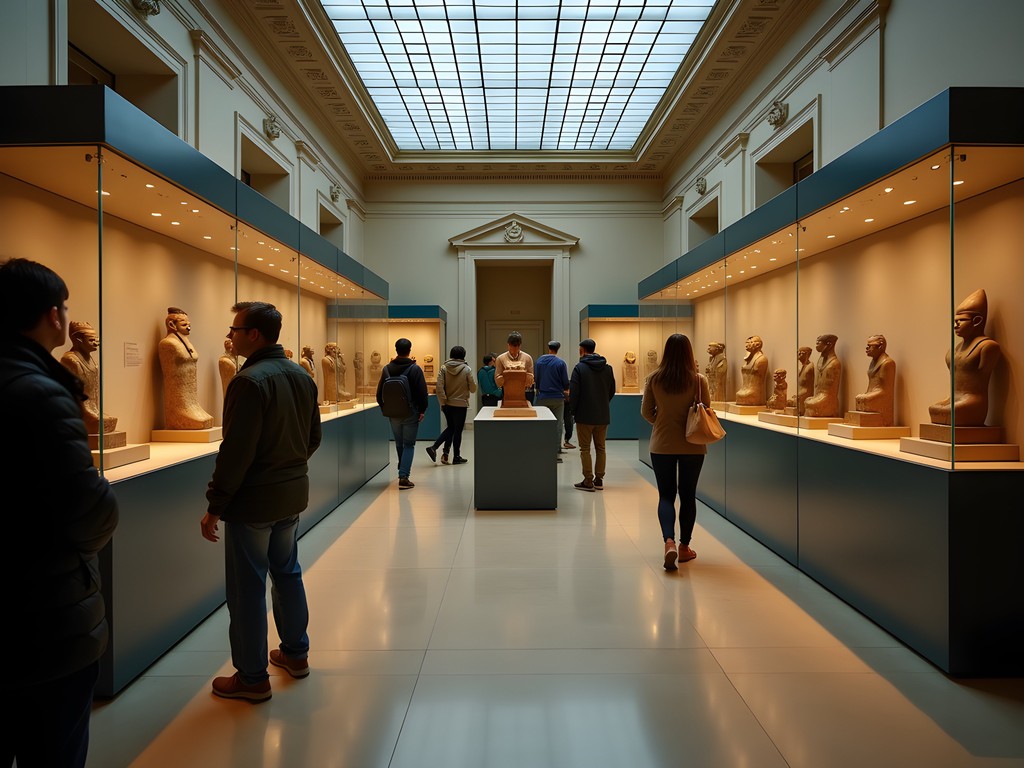
💡 Pro Tips
- Book the 'Empire and Collecting' tour at the British Museum for critical perspectives on acquisition histories
- Visit Jakarta's Museum Wayang (Puppet Museum) to understand how traditional arts persisted despite colonial pressures
- Many museums in both cities offer student discounts with valid ID
Environmental Legacies: Colonial Resource Extraction and Modern Conservation
As a conservation scientist, I'm particularly interested in how colonial resource extraction shaped landscapes and continues to influence environmental management today. In London's Kew Gardens, I explored the Economic Botany Collection, which documents how plants were systematically collected from colonies to fuel British industrial and pharmaceutical development. The magnificent Palm House stands as a physical embodiment of imperial botany—housing tropical species from across the former empire.
In Indonesia, Dutch colonial policies fundamentally altered landscapes through plantation agriculture. The famous Bogor Botanical Gardens (just outside Jakarta) were established in 1817 as a center for agricultural research to maximize colonial profits through cash crops like rubber, coffee, and sugar. Today, these gardens serve conservation purposes but retain the spatial organization imposed during colonial times.
During my fieldwork in both locations, my plant identification guide proved invaluable for understanding the global movements of species during colonial periods. I was also grateful for my anti-mosquito clothing while exploring Jakarta's outdoor historical sites, as mosquito-borne diseases remain an environmental health legacy of colonial-era water management practices.
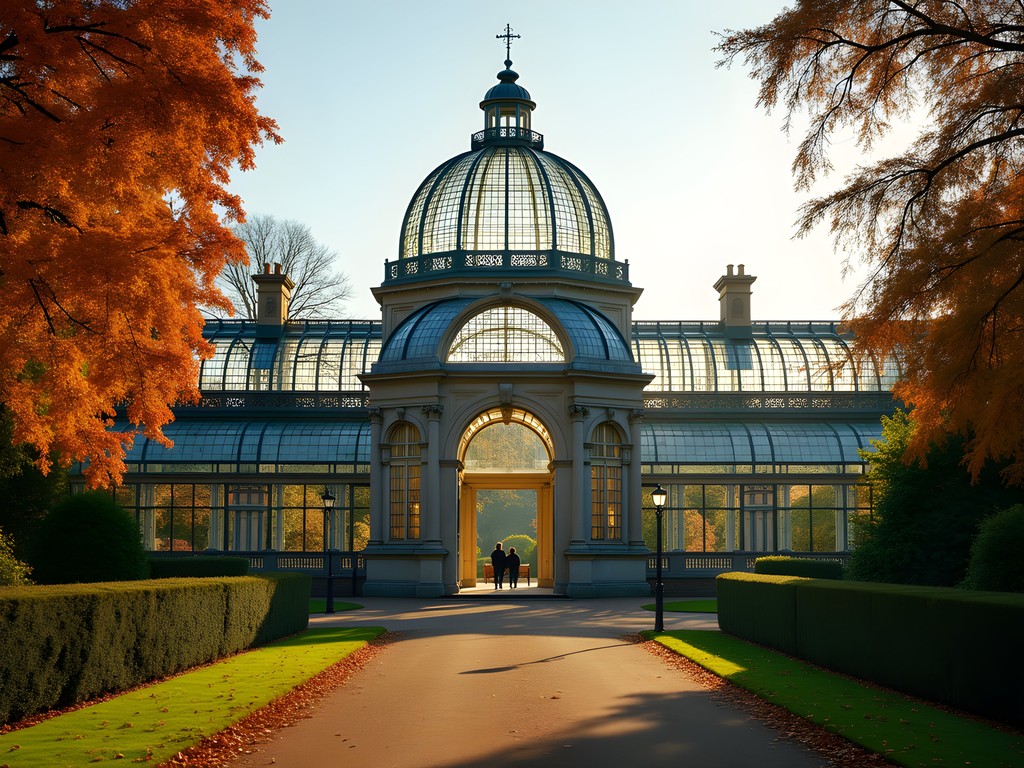
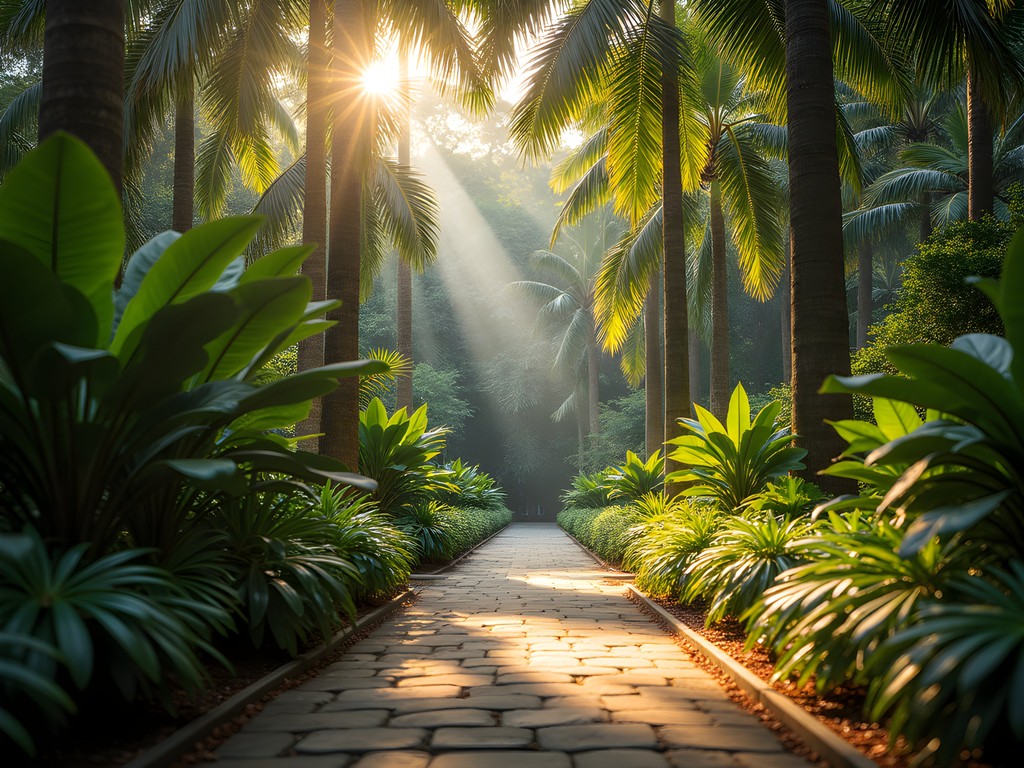
💡 Pro Tips
- Visit Kew Gardens' Economic Botany Collection by appointment to understand how plants fueled empire
- The Bogor Botanical Gardens are worth the day trip from Jakarta to see living examples of colonial agricultural research
- Both sites require substantial walking—wear comfortable shoes and bring water
Urban Planning as Colonial Control: City Layouts and Segregation
Perhaps the most enduring colonial legacies are embedded in the very layouts of London and Jakarta. London's urban plan reflects its status as the imperial metropole—grand boulevards connecting government buildings, cultural institutions, and royal residences in a deliberate display of power. The city's financial district still occupies the same space where colonial trading companies like the East India Company once operated.
Jakarta's urban structure reveals Dutch colonial priorities: the walled European quarter (now Kota Tua) separated from indigenous neighborhoods, with canals modeled after Amsterdam. This segregated planning created enduring patterns of development that persist in modern Jakarta's stark socioeconomic divides.
Navigating these complex urban environments required good preparation. I relied heavily on my foldable city maps when my phone battery died in London's winding streets. For Jakarta's more challenging navigation, I used the translation earbuds to communicate with locals about directions and historical context when my Indonesian vocabulary fell short.

💡 Pro Tips
- In London, take a walking tour of the City to understand how colonial trading companies shaped the financial district
- Jakarta's old Batavia district is best explored early morning before the heat intensifies
- Use the TransJakarta bus system to understand how modern infrastructure attempts to overcome colonial-era urban planning challenges
Culinary Colonialism: Food as Historical Record
Food provides one of the most accessible windows into colonial histories. In London, the proliferation of curry houses, particularly along Brick Lane, reflects the complex relationship between Britain and its former South Asian colonies. What began as adapted dishes for colonial administrators returning from India has evolved into a distinct Anglo-Indian cuisine that reveals migration patterns following decolonization.
Jakarta's food scene similarly reflects Dutch colonial influence through fusion dishes like risoles (Dutch-influenced croquettes) alongside indigenous Indonesian cuisine that survived colonial pressures. The famous rijsttafel ("rice table")—an elaborate Dutch colonial-era feast featuring dozens of Indonesian dishes—represents how colonizers appropriated and reformatted local culinary traditions.
During my culinary explorations, I documented flavor profiles and ingredient histories in my food journal, which has special sections for noting cultural contexts of dishes. To manage the sometimes intense spices in both British curry houses and Indonesian warungs, I kept digestive aids handy—proving useful after particularly adventurous meals in Jakarta's street food markets.
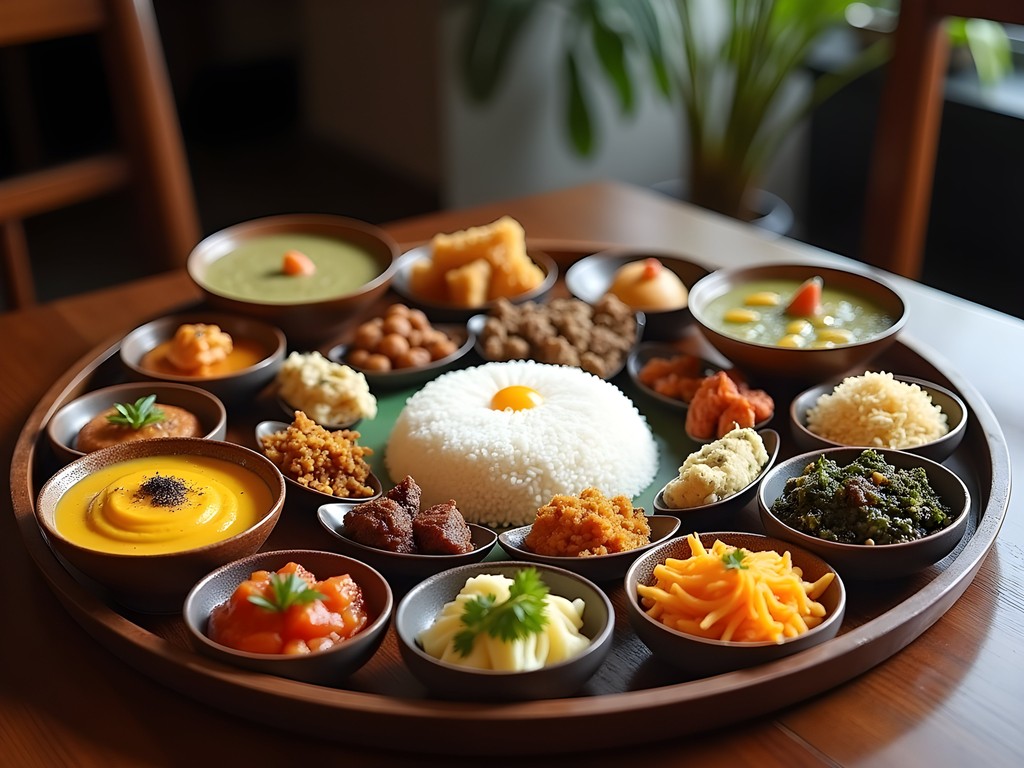
💡 Pro Tips
- In London, visit Dishoom for a modern take on Bombay café culture that reflects post-colonial Indian influence
- Jakarta's Café Batavia offers colonial-era ambiance with Indonesian cuisine in a restored Dutch building
- Street food in both cities often tells more authentic stories of cultural exchange than high-end restaurants
Final Thoughts
As my two weeks exploring London and Jakarta drew to a close, I found myself reflecting on how imperial legacies continue to shape these cities in both visible and invisible ways. The buildings, museums, urban layouts, and even cuisines tell stories of power, resistance, appropriation, and adaptation. What struck me most was not the differences between British and Dutch colonial approaches—though those certainly existed—but rather the similarities in how imperial powers restructured physical and cultural landscapes to serve distant interests.
As a conservation scientist, I've returned to Wellington with new perspectives on how historical power structures continue to influence environmental management and cultural preservation globally. The most valuable outcome of this comparative journey has been recognizing how colonial legacies remain embedded in seemingly neutral institutions and practices—from museum collections to urban planning to conservation policies.
For students of history, anthropology, or international relations, I cannot recommend this comparative exploration enough. By witnessing firsthand how two different colonial powers shaped their respective capitals and colonies, we gain crucial insights into the ongoing process of decolonization that continues to unfold in our museums, universities, and public spaces today.
✨ Key Takeaways
- Colonial histories remain physically embedded in urban landscapes through architecture, street layouts, and monuments
- Museums in former imperial centers versus former colonies tell fundamentally different stories about shared historical artifacts
- Environmental management practices often have colonial origins that continue to influence conservation approaches
- Food cultures reveal complex patterns of appropriation, resistance, and cultural exchange during and after colonial periods
- Comparative approaches to studying colonial legacies reveal important similarities in how imperial powers restructured societies
📋 Practical Information
Best Time to Visit
September-November (fall/autumn)
Budget Estimate
$3,000-4,500 for two weeks including flights
Recommended Duration
Minimum 10-14 days (5-7 days in each city)
Difficulty Level
Advanced
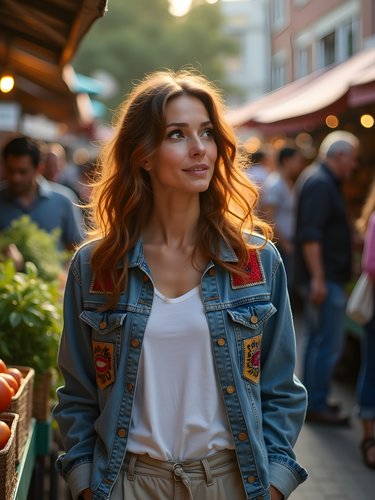
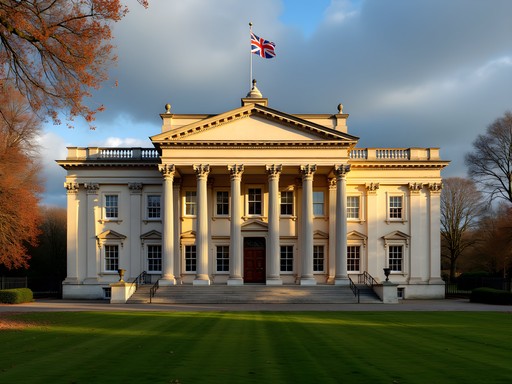
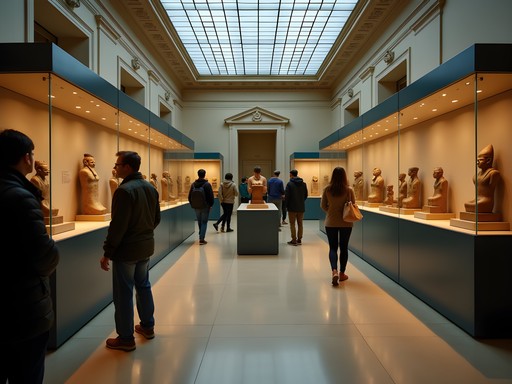
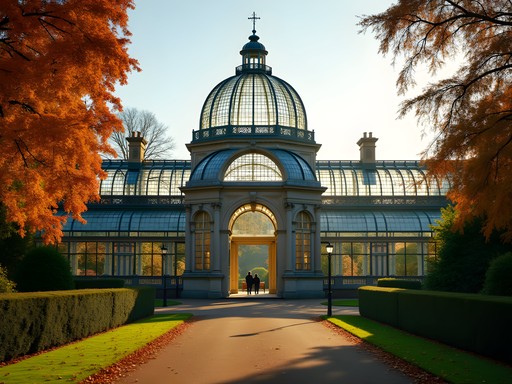
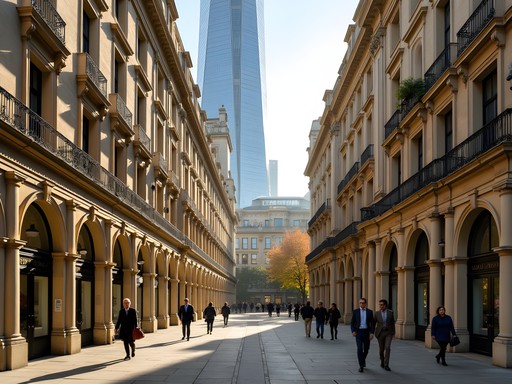



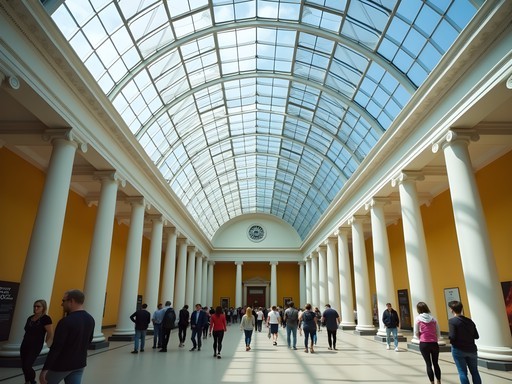

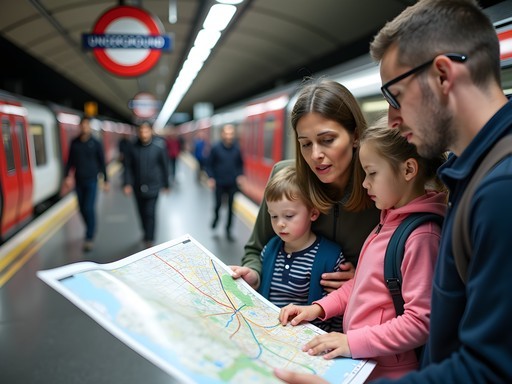
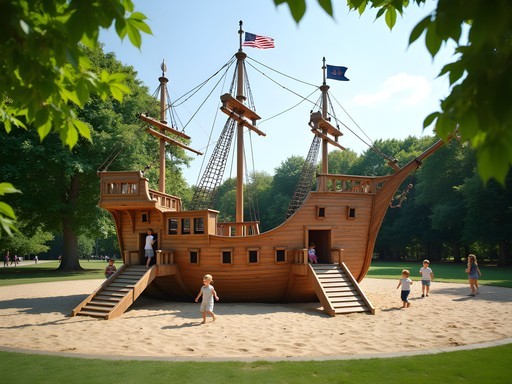




Comments
hikingtime
Heading to London next month and now I want to look at it through this lens! Any specific neighborhoods or walking routes you'd recommend to really see the imperial influence beyond the obvious museums?
Emilia Tucker
Definitely walk from Trafalgar Square through Whitehall to Westminster - it's basically an imperial power corridor! Also check out Docklands for the commercial side of empire. The Museum of London Docklands has an excellent exhibition on the sugar and slavery connections too.
Taylor Moreau
I'd add the City of London financial district to Emilia's suggestions - many of those institutions built wealth through colonial enterprises. The Royal Exchange and Bank of England have fascinating histories tied to imperial finance.
hikingtime
Thanks both! Adding these to my itinerary. Never realized London could be read like this.
wanderninja
Just got back from Jakarta last month and spent time in Kota Tua. The contrast between the preserved colonial buildings and the modern city is striking. What hit me hardest was how the colonial urban planning still impacts traffic patterns and neighborhood divisions today. The segregation may be gone but its ghost remains in the city layout. Did you notice how different communities still cluster in specific areas? Great post highlighting these connections we often miss as tourists.
adventuretime3632
This is really interesting! I'm planning to visit both cities next year. Did you find any good walking tours that specifically address colonial history in either place?
wanderninja
Not the author, but in London check out the Black History Walks tour. Eye-opening perspective on the city's colonial connections that most regular tours skip. I used my city guide to find other historical walks too.
adventuretime3632
Thanks for the recommendation! Will definitely look into that tour.
Taylor Moreau
Excellent analysis, Emilia. As someone who's lived in London for decades and visited Jakarta multiple times for business, your observations about the contrasting colonial legacies are spot on. The British Museum remains a lightning rod for repatriation debates, while Jakarta's Dutch architecture feels almost forgotten by many visitors. I've noticed that London has gradually begun acknowledging its complex imperial past in museum exhibits, though there's still considerable resistance to returning certain artifacts. Did you visit the National Maritime Museum in Greenwich? Their 'Trade and Empire' gallery offers another perspective worth exploring.
adventuretime3632
Taylor, do you think London museums will ever actually return significant artifacts to former colonies?
Taylor Moreau
That's the million-pound question! I believe we'll see more targeted repatriations of spiritually significant items in the next decade, but comprehensive returns seem unlikely. The museums are slowly shifting their stance from 'universal museums' to 'shared heritage' narratives.
explorebuddy
Fascinating comparison! Never thought about how colonial history still shapes these cities today.
journeynomad
Never thought about how city layouts reflect colonial control. Eye-opening!
Taylor Moreau
As a Londoner, I find it fascinating how we often fail to see our own city through this colonial lens. Your section on urban planning was particularly thought-provoking - I've walked past Whitehall countless times without fully considering how these government buildings were literally designed to project imperial power. The comparison with Jakarta's deliberately segregated colonial districts adds important context. Have you considered exploring how post-colonial independence movements shaped these cities differently? Jakarta seems to have more deliberately reclaimed spaces (renaming streets, etc.) while London's imperial architecture remains largely unchallenged and unchanged.
greendiver5017
Just got back from Jakarta last month and spent a day in Kota Tua! Those Dutch colonial buildings are something else - especially that old post office. The contrast between the colonial architecture and the modern skyscrapers really tells a story about Indonesia's journey. Did you get a chance to visit the Maritime Museum? It's housed in an old Dutch East India Company warehouse and has some interesting perspectives on colonial trade routes. I used my travel guide to find some hidden spots in Kota Tua that weren't overrun with tourists.
Emilia Tucker
Yes! The Maritime Museum was incredible - those old warehouses really help you visualize the scale of colonial trade operations. And you're right about the architectural contrast - it's like reading history through buildings.
islandbuddy
Wow, what a fascinating comparison! I visited the British Museum last summer and felt so conflicted looking at all those artifacts. The Elgin Marbles especially made me uncomfortable knowing Greece wants them back. Never been to Jakarta but now I'm super curious to see how the Dutch colonial influence compares. Did you notice any major differences in how each country addresses their imperial past in museums?
journeynomad
I felt the same way at the British Museum! So many treasures that probably should go home.
Emilia Tucker
Great question! I found the British Museum tends to present artifacts more as 'universal heritage' while Jakarta's museums often explicitly acknowledge colonial exploitation. The narrative framing is definitely different, which I found fascinating.
nomad_life_22
If you're visiting Jakarta's Kota Tua, go early morning on weekdays! Way fewer crowds and better lighting for photos. The Café Batavia is a must for colonial atmosphere.
Venture X
Premium card with 2X miles, $300 travel credit, Priority Pass